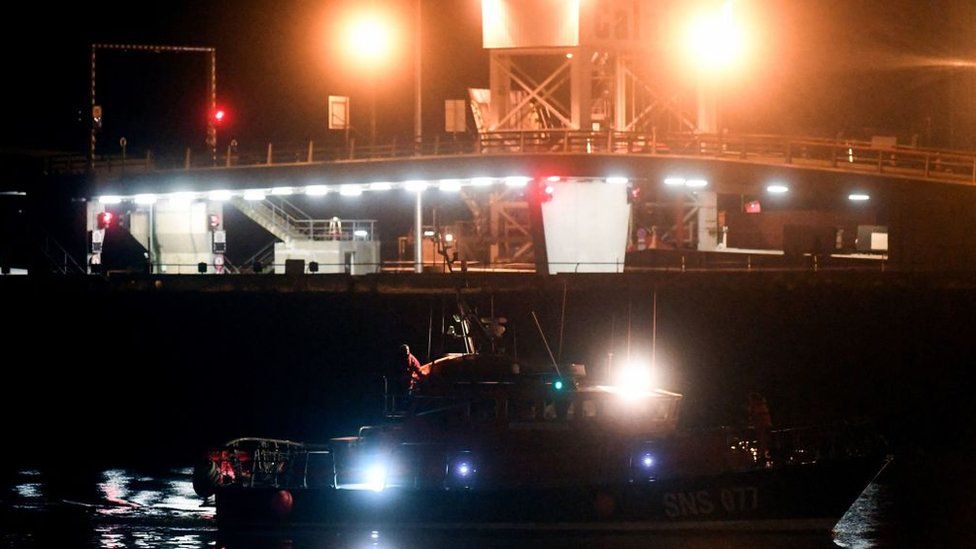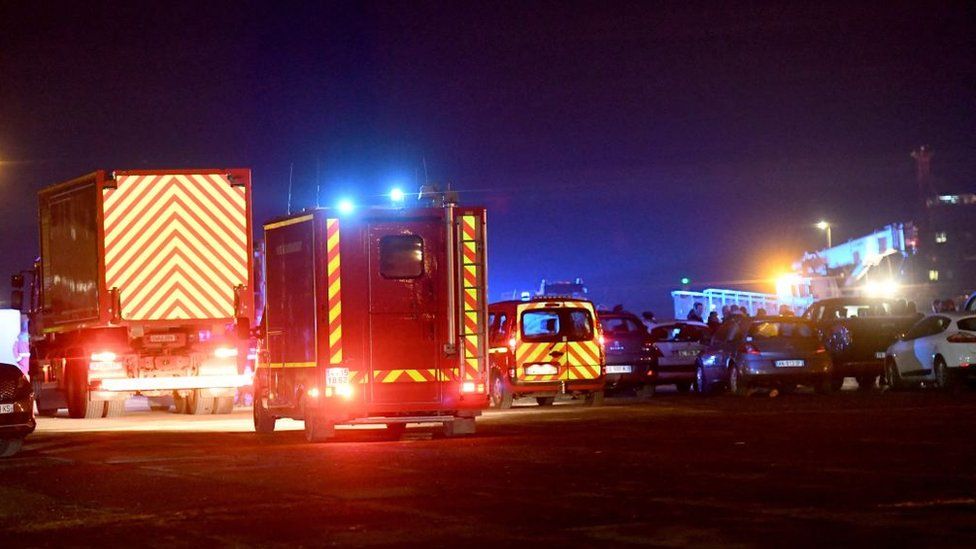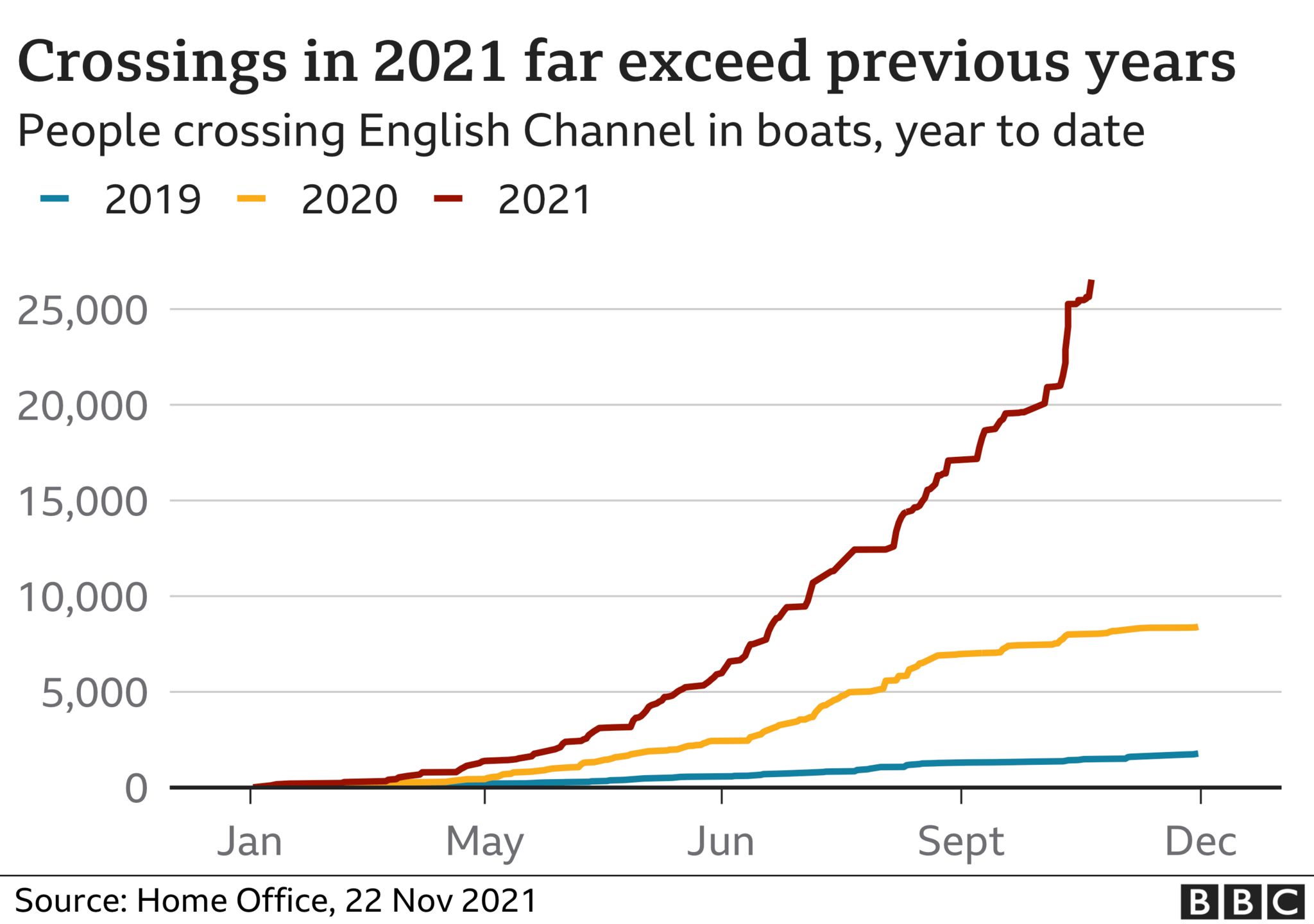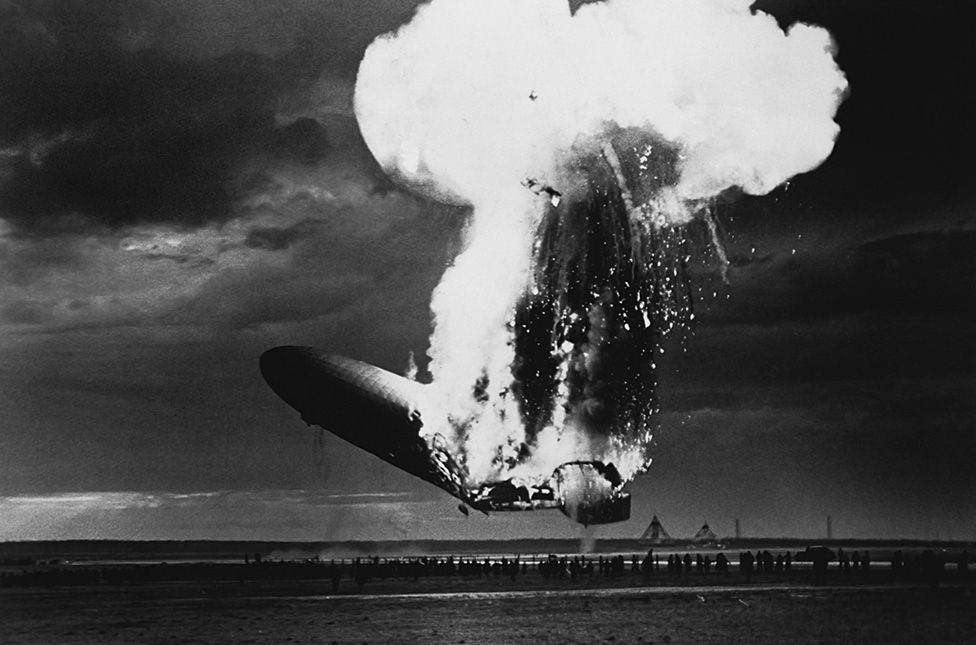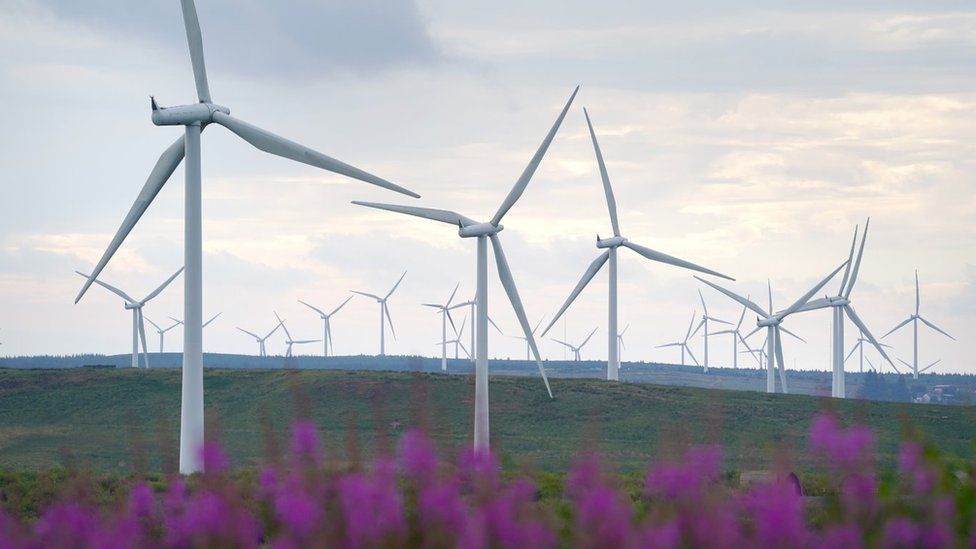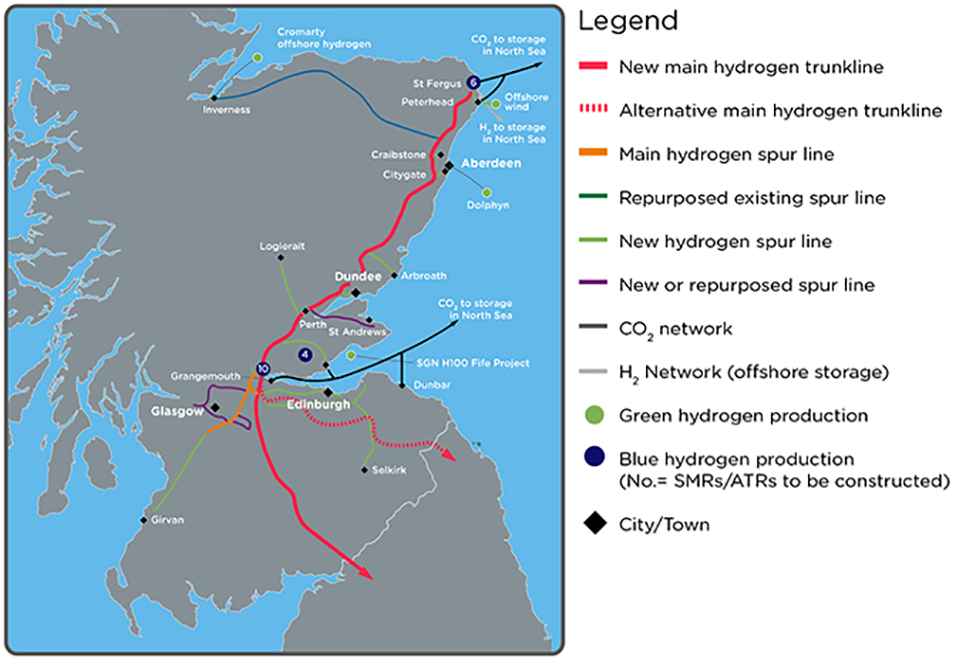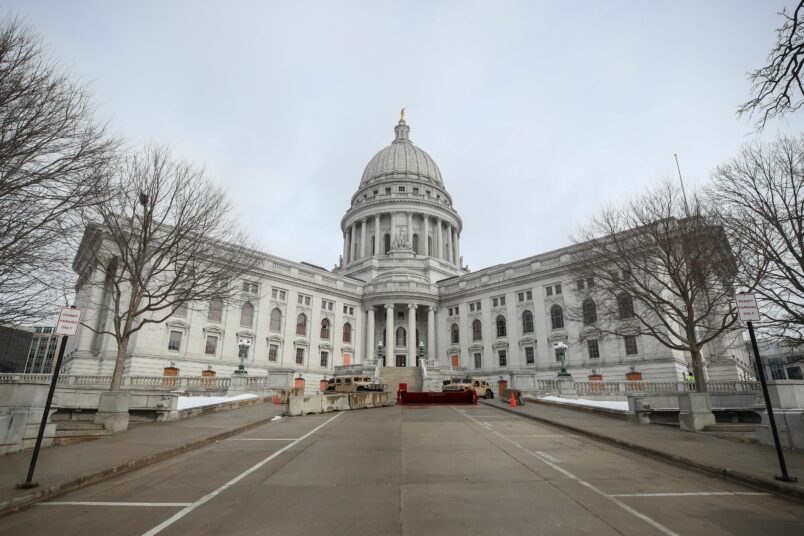
By Matt Shuham
December 26, 2021
Congress gets most of the national attention in the redistricting wars, but state legislatures are key battlegrounds that deserve some scrutiny.
For one thing, there are thousands of state legislative districts — all the more opportunity for a sneaky gerrymander to slip by unnoticed.
Also, state legislatures, as we’ve seen over the past year, hold immense power in the democratic process — including setting election rules and responding (or not) to the
Here are five of the most dramatic examples of state-level gerrymandering we’ve seen this year.
Texas
Texas Republicans’ redistricting maps, which were signed into law by Gov. Greg Abbott (R) in October, have attracted their share of lawsuits, including the Justice Department’s only redistricting lawsuit so far this year.
The DOJ sued over the congressional and state House maps, alleging that the legislature had “eliminated Latino electoral opportunities in the State House plan through manipulation or outright elimination of districts where Latino communities previously had elected their preferred candidates.”
The suit highlights House District 118, which had a solid Latino majority leading into the redistricting process. The Texas House adopted an amendment to alter the district over the objections of the majority of the Bexar County delegation, the suit noted, and the change allegedly resulted in a 10 percent decrease to the Latino citizen voting-age population in the district.
The maps protect GOP incumbents in the state and their legislative majorities. And despite people of color making up 95% of Texas’ population growth over the past decade, there are no new Latino-majority districts in the new state House and Senate maps, nor new Black-majority districts. The House map actually decreases the number of districts with Black or Latino majorities.
North Carolina
Amid the multiple lawsuits over North Carolina Republicans’ state legislative and congressional maps, the state’s Supreme Court postponed primary elections, citing “the great public interest in the subject matter.”
It’s not hard to see why people are interested: The maps passed by the state legislature would give Republicans 24 safe Senate seats, as opposed to 17 safe seats for Democrats, the News Observer reported. In the House, the balance of safe seats is 55-41 in Republicans’ favor.
The Princeton Gerrymandering Project, a nonpartisan group that scores redistricting proposals, gave the state House and Senate maps “F” grades overall, as well as Fs for partisan fairness.
Ohio
Donald Trump won Ohio’s presidential electors with 53% of the state’s vote to Joe Biden’s 45% in 2020, up a few points from his 51-43% win over Hillary Clinton in 2016. Before that, Barack Obama won the state in back to back presidential contests.
And yet, the maps approved by Ohio’s redistricting commission, on a party line vote, would effectively give Ohio Republicans 64.4% of the legislature, the Columbus Dispatch reported — a 62-37 House margin and a 23-10 Senate margin. This despite Ohio voters passing two initiatives over the past decade to rein in partisan gerrymandering.
Presidential margins are a rough metric, but what Republicans on the Ohio redistricting commission used is perhaps more bizarre: Republican candidates won 13 out of the 16 last statewide elections, or 81%, they said, and the vote proportion in those elections went for Republicans 55-45.
“Thus, the statewide proportion of voters favoring statewide Republican candidates is between 55% and 81%,” the commission said in a statement. In the words of the Columbus Dispatch’s editorial board: “Huh?” By this logic, New York, which always elects Democrats to state-wide office, would be justified in drawing a map with 100% Democratic districts, noted an analysis on Democracy Docket, the website from Democratic election lawyer Marc Elias.
Ohio Gov. Mike DeWine (R), a member of the redistricting commission, voted for the maps even though he later acknowledged, “What I am sure in my heart is that this committee could have come up with a bill that was much more clearly constitutional. I’m sorry that we did not do that.”
Wisconsin
Wisconsin is a perfect example of how redistricting wins in years past can build on themselves: In 2011, Republicans controlled the state’s legislature and governorship, and they passed a redistricting map heavily slanted in their own favor. This year, with Democratic Gov. Tony Evers in office, things weren’t going to be so simple.
Typically, the partisan split would result in courts drawing the districts, Wisconsin Public Radio noted. But this time, the right-wing Wisconsin Institute for Law and Liberty sued, calling for the court to pursue a “least changes” map — that is, incorporating the fewest number of changes to the previous, Republican dominated map. The state’s Supreme Court not only agreed with them, it said the new map wouldn’t necessarily have to change on account of being disproportionately Republican.
The state doesn’t have its final map yet: Watch this space. But things are not looking good. Evers has submitted his own proposed “least changes” map to the court, but it’s improving on a heavily gerrymandered state, and as such, can only go so far.
Georgia
Republicans control both the legislature and governor’s mansion in Georgia, and the party will reap the rewards.
The effect will be especially clear in certain districts: Joe Biden won 59% of State Sen. Michelle Au’s district in 2020, for example, but the map set to be signed by Gov. Brain Kemp would make the area a 52% Trump win.
There are also issues of racial representation that open the state up to lawsuits — which are expected en masse. House Speaker David Ralston (R) acknowledged earlier this month that “abusive use of the political process” was just part of redistricting, and pointed to Democratic perpetrators like Illinois and New York to make the case that both sides do it.
“You never hear those talked about — the blatant abusive use of the political process — but it’s a part of the process, and I don’t know how you take it out,” Ralson said. “I think the maps, notwithstanding the rhetoric, are fair. They very carefully followed the law. They follow the Voting Rights Act. Now we’ll see what happens.”
Matt Shuham (@mattshuham) is a reporter in TPM’s New York office. Prior to joining TPM, he was associate editor of The National Memo and an editorial intern at Rolling Stone.


